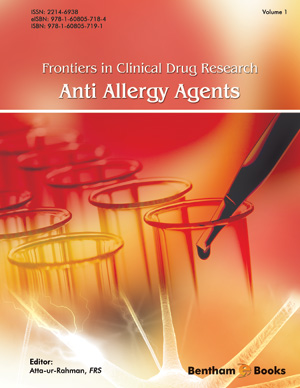Abstract
Food allergies have been increasing in prevalence over the last 10 years. Currently, about 2-8% of the population of Western countries suffers from some type of food allergy whose impact ranges from a mere inconvenience to a life threatening condition. While allergy immunotherapy has been successfully used to treat other allergies such as hay fever, it is nearly recent that it has begun to be used in the treatment of food allergy. Nowadays, avoidance therapy is the best measure for the prevention of any food allergic reaction, although can be difficult in cases of common foods such as milk, egg, soy, wheat and peanut. There are a number of promising emerging therapeutic modalities for food allergy, including allergen-specific and allergen non-specific immunotherapeutic approaches, that we would like to review in this chapter. Among allergen-specific immunotherapy we should distinguish oral immunotherapy (OIT), where gradually increasing amounts of allergens are directly swallowed; from sublingual immunotherapy (SLIT), where allergen dose is before placed under the tongue. In both cases, a desensitization process to specific foods is expected. Considering that the characterization of epitopes on food allergens is becoming the target for the development of novel diagnostic tools and for specific therapy, it is important to highlight the use of recombinant food proteins or peptides. With these proteins antigen-specific T cells stimulation is preserved without triggering mast cell activation. Allergen non-specific immunotherapy approaches are being developed for individuals with multiple food allergies. In this sense, the use of anti-IgE, for instance, could decrease the amount of IgE available to bind an allergen. The idea would be to obtain a suppressive effect on all or some part of Th2-mediated immunity. It has been also proven that the use of traditional Chinese herbs in rodent models of peanut allergy is translated in lower peanut-specific IgE and higher peanut-specific IgG2a. This and other alternative strategies addressed in the text are currently being tested in clinical trials. The aim of this chapter is to provide an overview of the ongoing projects in order to develop safe and effective treatments for food allergy.
Keywords: Food allergy, allergens, immunotherapy, ongoing projects, IgEmediated reactions, cross reactivity, Th1/Th2 balance, hypoallergens, anti-IgE.






















